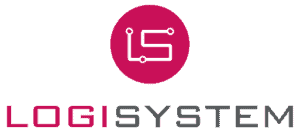ROBOTIC NESTS
Robotic nests in production automation - what's worth knowing?
Nowadays, automation plays a key role in many industries, with the increasing use of advanced robotic nests. These automation systems support production, particularly in repetitive activities such as palletising sockets and assembly lines. They enable companies to increase efficiency and optimise their production processes.
What are robotic sockets and what are they used for?
Robotised nests are advanced automation solutions that automate production processes. They are most often used in tasks requiring high precision and repeatability, such as palletisation or component assembly. The introduction of these solutions saves time, minimises human error and increases overall production efficiency.
Why use robotic nesting in palletising?
Robotised palletising cells is the ideal solution for automating packaging and palletising processes. By automating these processes, the speed of work can be increased and the risk of damage reduced. For companies looking for an efficient way to streamline logistics operations, robotic palletising cells are the perfect solution.
Benefits of automating production using robotic nests
Production automation using robotic nests provides numerous benefits, such as:
- Increase operational efficiency and reduce downtime.
- Reduction of errors resulting from manual operations.
- Greater precision and repeatability in production processes.
- Optimisation of packaging processes and palletisation.
Is it worth investing in robotic automation systems?
Investment in robotic automation systems is a step towards modern and efficient production. Through automation, companies can increase productivity, improve product quality and reduce operating costs. Robotics in manufacturing has become an integral part of many industries, giving companies a competitive advantage in the marketplace.
How to implement robotic nests in production?
Implementation robotic nests into production systems requires careful planning. It is worth taking into account factors such as work efficiency robotic systems, investment costs and potential savings from automation. These solutions should be tailored to the specific needs of each company.
